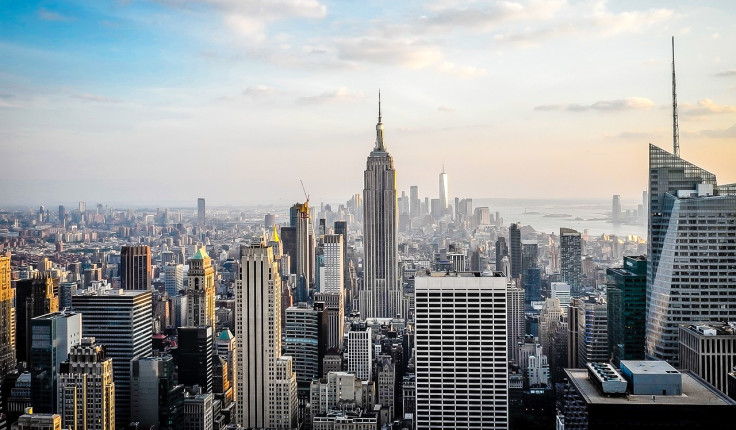
Like in any other country, people in America too have polar views about how their country should be operated. Some like to call themselves liberal, while others don't. But what does "liberal" really mean? Let's find out by exploring the 25 most liberal states in the U.S.
Get ready to dive into the fascinating world of liberalism in the United States.
But, what does it mean to be living in a liberal state in America? Living in a liberal state in America means residing in a region where progressive values and policies predominate. These states typically prioritize social equality, environmental sustainability, and government intervention in areas like healthcare and education. Liberal states often have diverse populations and are more accepting of LGBTQ+ rights and minority groups.
In electoral terms, they tend to support Democratic candidates and advocate for policies aligned with liberal ideologies, such as Massachusetts and California. Additionally, cities within these states, like San Francisco and Washington, D.C., are known for their liberal-leaning populations and policies.
Most liberal states in the US
10.
Oregon
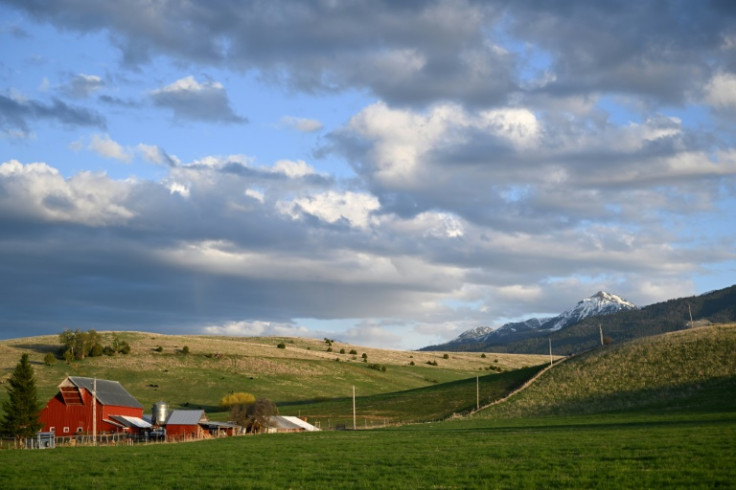
Oregon ranks as the tenth-most liberal state in the U.S., with 28% of voters identifying as liberal. Despite a conservative advantage of -4 points, 35% identify as moderate. In the 2016 election, 50.1% voted Democratic. The most liberal cities include San Francisco, Washington D.C., and Seattle.
9.
Connecticut
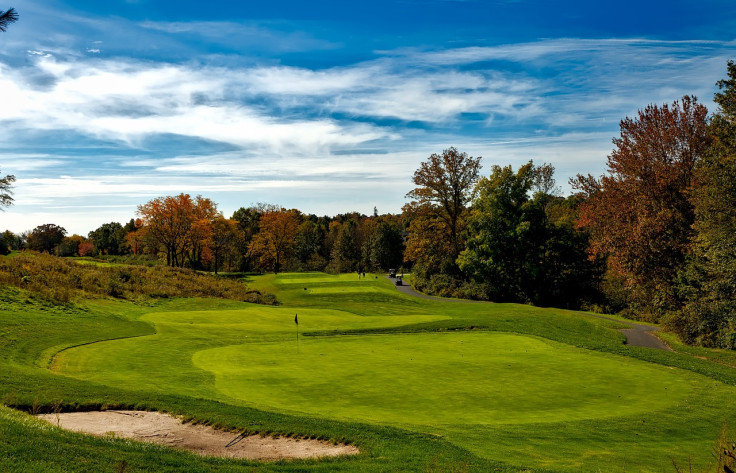
Connecticut exhibits a notable liberal aspect, with around 27% of residents identifying as liberal, contrasting with 30% identifying as conservative. While 38% identify as moderates, many lean more towards liberalism. This liberal inclination is reflected in the state's political landscape, where Democratic representation dominates in both the federal and state levels. From Senators Richard Blumenthal and Chris Murphy to the majority of House Representatives, Democrats hold significant sway. This liberal tilt also extends to local politics, influencing policies and governance across various districts.
8.
New Jersey

Despite New Jersey having a slight conservative edge, its moderate voters often support progressive social policies. This trend has led the state to consistently vote for Democratic presidential candidates since 1988, highlighting its liberal-leaning stance in national politics.
7.
Maryland

Maryland boasts a liberal-leaning electorate, with 28% of voters identifying as liberal and a notable concentration in the Washington D.C. metro area and Baltimore. Despite a conservative contingent of 29%, the state maintains a slight liberal advantage. In the 2016 presidential election, 60.3% of voters cast their ballots for the Democratic candidate. Maryland has enacted progressive policies, including legalizing gay marriage and implementing stringent gun regulations.
6.
Vermont

Vermont stands out as one of the most liberal states, with 32% of voters embracing liberal ideologies. With a notable liberal advantage of 4 points, driven by its 28% conservative voter base, Vermont reflects a progressive political landscape. In the 2016 election, the state strongly favored the Democratic candidate, with 56.3% of votes cast for the party. Notably, in 2012, Barack Obama secured a significant victory margin of 35.6 percentage points.
5.
New York

New York ranks as the fifth-most liberal state, with a significant 3-point liberal advantage over conservative ideologies. While the state is geographically divided, with upstate areas leaning conservative and larger metro areas embracing liberal values, the overall political landscape tilts towards progressivism. In the 2016 presidential election, New York overwhelmingly favored the Democratic candidate, with 59% of voters casting their ballots for the party.
4.
California
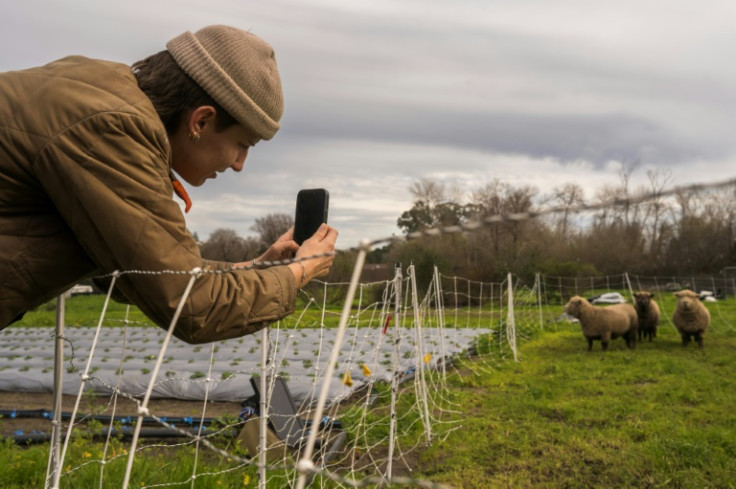
California, the fourth-most liberal state, boasts an equal share of liberal and conservative voters, with a significant 36% identifying as moderate. Despite this balance, the state's substantial electoral votes make it pivotal in national elections. In the 2016 presidential race, California leaned heavily towards the Democratic candidate, with a commanding 30% lead over the Republican vote, underscoring its progressive inclinations on the political spectrum.
3.
Rhode Island
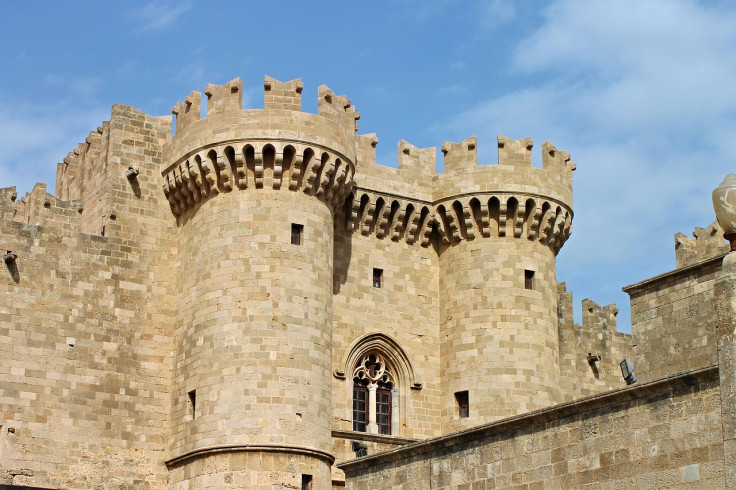
Rhode Island, the nation's smallest state, stands as the third-most liberal with 25% of its residents identifying as such. Despite 29% identifying as conservative, a significant 40% lean towards moderation. Remarkably, Rhode Island has favored a Republican presidential candidate merely twice since 1960, underscoring its entrenched liberal leanings, despite its diminutive size on the national stage.
2.
Hawaii

Hawaii, renowned for its scenic beauty, emerges as the second-most liberal state in the U.S. With 28% of voters aligning with liberal ideologies and only 22% identifying as conservative, Hawaii boasts a notable liberal advantage of 6 points, the second-highest nationwide. Notably, moderates constitute the largest voting bloc at 45%, underscoring the state's nuanced political landscape. In the 2016 presidential election, a resounding 62.2% of Hawaii voters cast their ballots for the Democratic candidate.
1.
Massachusetts
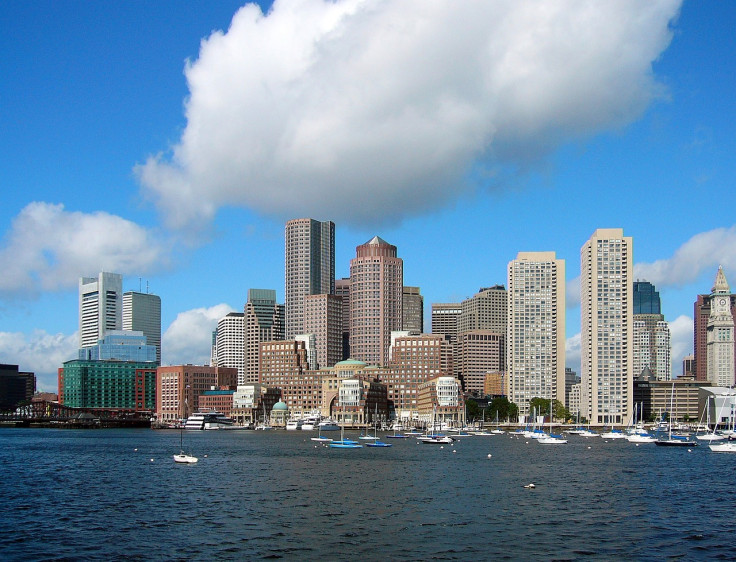
Massachusetts stands as the epitome of liberalism in the U.S., boasting a significant liberal majority with 35% of voters aligning with liberal ideologies. With a notable liberal advantage of 14 points and moderates comprising the largest group at 38%, Massachusetts embodies progressive values. In the 2016 presidential race, a resounding 60% of voters favored Democratic candidates. The state's rich political legacy includes notable figures like Elizabeth Warren and the Kennedys, flourishing in its urban, highly educated environment.
Exploring America
The states we mentioned have always played a significant role in shaping the political landscape of the country. These states have also influenced policies on social, economic, and environmental issues.







